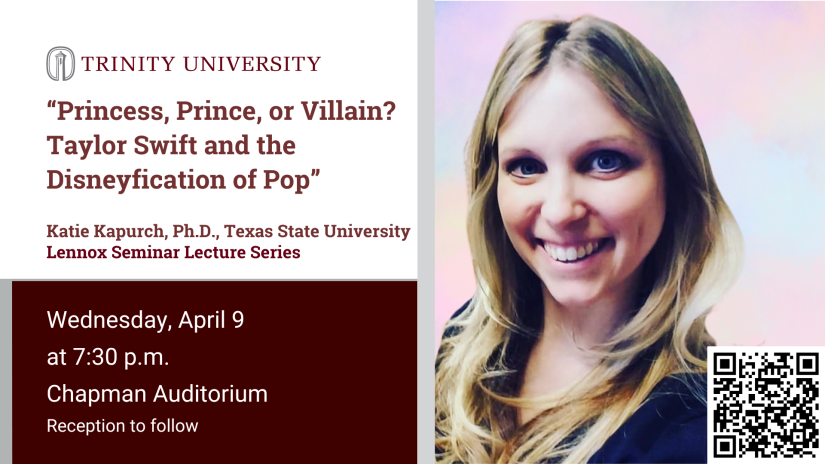Life finds a way, but should it? The ethics of genetic engineering
Most people have seen — or at least know the premise of — the “Jurassic Park” franchise. Man tries to bring back dinosaurs from the dead and ends up pushing the limits of science too far, with disastrous consequences. The movies serve as a lesson in caution and respecting natural life, portraying the dangers of not doing so through a very fictionalized scenario. Although we may be a long way from bringing back the dinosaurs, the technology used to genetically engineer the DNA of existing species is well-established and could potentially be used to bring extinct species back.
The process of reverse-engineering species involves taking the genetic material from a living species and using the genetic material of similar species in order to achieve a creature similar in genes and physical appearance to an extinct species. This is difficult to do for dinosaurs, as we do not have good enough documentation of their DNA sequences to create an accurate picture, and would instead have to guess by working backwards from reptiles or birds. However, just because “Jurassic Park” is further away than we might think doesn’t mean this technology cannot be used to bring back more recently extinct species, such as certain rhinos, birds and tortoises.
In fact, in 2003, scientists attempted to use genetic engineering technology in order to bring back the extinct Pyrenean ibex, a type of goat. Although the attempt ultimately failed, it showed that scientists have the ability to bring back extinct species if they have access to the genetic material of that animal. With strides in gene-editing technology, it might not be necessary to have the full genetic sequence of a species in order to resurrect it.
CRISPR is a widely known DNA editing technique that involves taking short sequences of DNA and splicing them together to create a new DNA strand. In humans, this experimental technology has been largely used for editing out specific mutations to treat diseases on a genomic level. In extinct animals, it could be used to splice together DNA of existing animals to emulate an extinct animal for which scientists might not have the complete genetic information.
Even if this process has yet to be fully developed, as the possibility becomes more realistic it necessitates thinking through not only if it could happen, but if it should.
Bringing back extinct species, especially those from as far back as the Jurassic period, could have disastrous environmental effects. A study found that reintroducing extinct species to the ecosystem could overall decrease biodiversity, rather than increase, especially if the government or private institutions start allocating more resources towards the revived species rather than our existing life. Bringing back extinct species also means bringing back their sources of food. It means making sure that they are able to withstand different global temperatures, pathogens and predators of today. Without all this, they would have to be kept under close watch in enclosures, requiring even more resources.
The cost of the resources that these revived species would need to survive is expensive, and not just in monetary terms. Currently, species are going extinct 100 to 1,000 times faster than anticipated, meaning that at least 2,000 species go extinct each year (and that number might be a severe underestimate). Instead of focusing efforts on trying to bring back each of these, it would be much more efficient and effective to simply focus on spending money, time and energy on finding ways to reduce the rate at which human activity is killing life on Earth.
Investigating more sustainable sources of energy, developing consumption policies for individuals and corporations and trying to limit our global pollution would all be much more likely to sustain — or at least slow down the destruction of — our current biodiversity. When we can limit the destruction of biodiversity, then the whole planet will benefit, from improving water and air quality to mitigating food shortages and resource depletion.
The concept of genetic engineering is not inherently bad. It could be used to bring back recently extinct species, i.e., ones that are more adapted to the current environment, without negatively affecting our biodiversity. It could be used to treat life-threatening heritable disorders. But when put into the larger context of our planet and the current climate crisis, it seems to be a waste of resources and time. There are many other ways to improve our planet’s health without looking to the past, if only we look to preserve the future instead.

My name is Ashwini Vivek (she/her) and I am an Opinion Writer for the Trinitonian! I am a senior Neuroscience major from Dallas, and I'm also involved...

Hi guys! My name is Lily Zeng, and I am a sophomore from Memphis, TN majoring in Urban Studies with an interest in a Spanish major or minor. My favorite...






